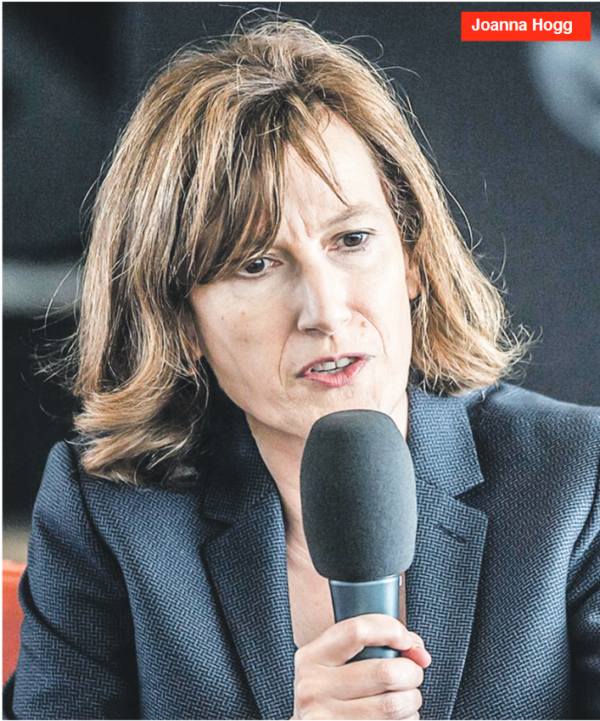
David Prendeville
It’s been a terrific year for film so far in 2022. Paul Verhoeven’s Benedetta, Joanna Hogg’s The Souvenir Part 2, Lucille Hadžihalilović’s Earwig, Sean Baker’s Red Rocket and Gaspar Noe’s Vortex are just some of the stellar titles that have been released so far. It even hasn’t been all bad on the blockbuster front, with the year’s biggest hit, the monstrously successful Top Gun: Maverick, proving itself to be far more enjoyable than it had any right to be.
Throughout the pandemic, I tracked Covid-19’s impact on the film industry, how it was bringing about major shifts in distribution and attempted to analyse the long-term implication this may have on exhibitors. With cinemas back in full flow, now seems a good time to consider where we are in terms of theatrical distribution and ask what long-term changes, if any, the covid pandemic had on how films are released.
It was inevitable that the shift to streaming brought about by the pandemic would change things irrevocably to some extent, but it’s fair to say that suggestions that it would bring about the death of the cinema experience, thankfully, look like they were greatly exaggerated. The huge success of Top Gun: Maverick is a clear indicator of how much people still value making the trip to the cinema for an event film. Its success is also a terrific boon for exhibitors who were hit so heavily during the pandemic. However, the fact that films such as Lucille Hadžihalilović’s sublime Earwig still managed to find its way into cinemas is equally encouraging.
I think there was a real fear that the push to streaming could make it even more difficult for smaller, relatively uncommercial films to find their way onto the big screen at all. But, thankfully, while now there is often only a tiny window, if any at all, between a smaller film’s cinema release and it’s online debut, it seems like the two have been able to coexist relatively harmoniously so far.
Beyond the question of the theatrical experience surviving, there are other reasons to be cautiously optimistic about the future of film. The richness of this year’s new releases can be put down, to some extent, to a spillover from previous years, with so many films delayed. Indeed all five films I mentioned in my highlights above, made their festival debut in 2021. However, in the boldness and provocation of films such as Benedetta or Red Rocket; or in Ninja Thyberg’s Pleasure, I think we can see a slight move away from a certain conservativeness that had been evident even in arthouse cinema in the last little while. Also there’s plenty more exciting titles to look forward to before the year’s end: David Cronenberg’s Crimes of the Future, Peter Strickland’s Flux Gourmet and two films by Claire Denis, Fire and Stars at Noon, are just some of the treats that still await us.
One other note of cautious optimism to consider, this time in terms of Hollywood cinema, is whether Top Gun’s success could usher in a move away from the CGI eyesore of the Marvel aesthetic toward more tactile film-making in mainstream action cinema? I feel one of the reasons why Maverick resonated with audiences so much is that it actually looked and felt like a film. While it’s still a sequel and it’s hardly likely to be the saviour of Hollywood cinema, in artistic terms, it definitely felt more like what action cinema should be, than the trademark digital mess of the Marvel and DC universes. Only time will tell if it can have a further positive effect beyond the much-needed boost it gave to exhibitors.



